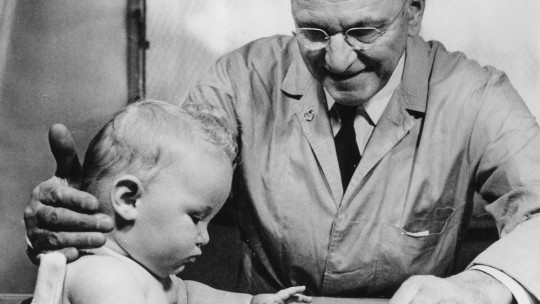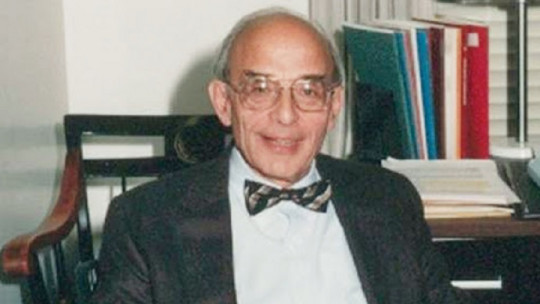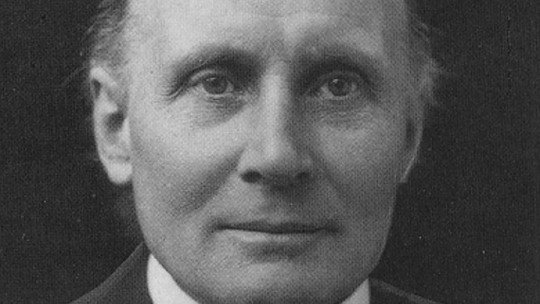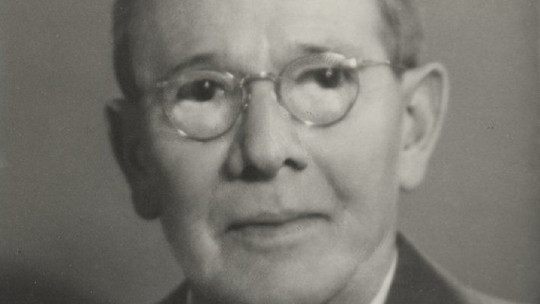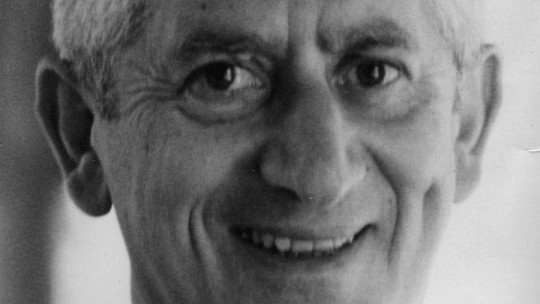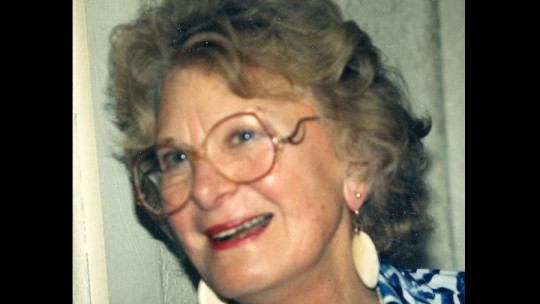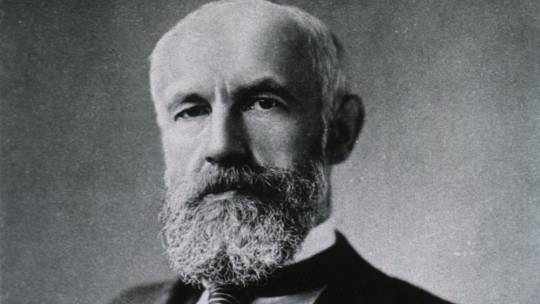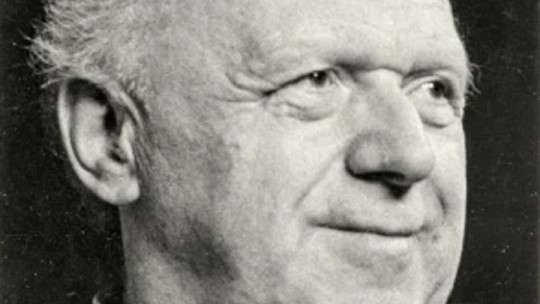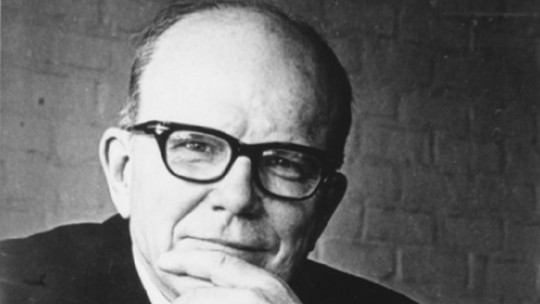
Ralph W. Tyler has been considered one of the most important educators in the United States in the 20th century thanks to his work and research within the field of education in his country, highlighting his curricular model that will be explained in this article.
Tyler’s curricular model has been defined by its author as a rational method that has been nourished by other disciplines such as psychology, philosophy, sociology, economics and organization in order to seek the foundations that can be provided based on to science applied to the field of education.
This curricular model sought to develop a study program in educational centers in a functional manner and in accordance with the demands of the students, as well as the center, in order to prepare students in the best possible way for their future university stage. and also for his adult stage.
Here you will find a biography biography of Ralph W. Tyler with which to learn about his long career dedicated to the field of education.
Brief Biography of Ralph W. Tyler
Ralph W. Tyler was born in the city of Chicago (United States) on April 22, 1902 His father, William A. Tyler, was a reverend.
He graduated from Donas University (Nebraska) and later, in 1923, he managed to obtain his master’s degree from the University of Nebraska. In 1927, Tyler earned his doctorate from the University of Chicago.
While earning his doctorate he worked teaching at the University of Nebraska (1922-1927) and, later, Tyler He was hired as a professor at the University of North Carolina where he taught for 2 years.
I work as a professor and researcher at Ohio State University
After finishing his teaching job in North Carolina, Tyler was transferred to teach education classes at Ohio State University and combining it with work as an associate researcher at the university’s Educational Research Office, where he worked for a decade.
In 1934, he published a work titled “Constructing Achievement Tests.”
Presentation of the “eight-year study”
Tyler had specialized in a method of measuring the application of educational and before arriving at the University of Chicago to obtain his doctorate he had directed “the eight-year study” that was used to measure the extent to which students were able to retain the information that professors provided when teaching their classes.
With this study it was possible to verify which students learned better at their own pace and which were the advantaged students who could retain a greater amount of information, which made it easier for them to learn.
Tyler even met with the chancellor of the University of Chicago to explain his method in order to implement it at the university and, despite the fact that the university was betting on a classical model of education, prevailing at that time, the rector decided to take a risk and hire Tyler as chief examiner and director of the Examination Board, as well as as professor of education and president of the Education deparment. So Tyler accepted and returned to Chicago in order to establish his study at the University of Chicago.
He published a work titled “Assessment and Recording of Student Progress,” with the collaboration of ER Smith, in 1942.
Dean of Social Sciences
In 1946, Tyler was named acting dean of social sciences at the University of Chicago, and two years later he was officially named dean. During his time as dean he managed to streamline the committees between the different departments of the university and promoted the implementation of interdisciplinary studies in the faculty.
Likewise, Tyler also became involved in university life, contributing to a Chicago radio program, where he participated in a round table to talk about education. Furthermore, during that time he was in charge of periodically publishing the results that he was obtaining from his research in the field of teaching.
His contributions to education in the mid-20th century
In 1943, Tyler was hired to serve as the chief examining officer of the United States Armed Forces. During that period that lasted 11 years, Tyler was in charge of administering a series of tests that managed to measure the effectiveness of the training programs of the military academies In 1949, he published a work that he titled “Basic Principles of Curriculum and Instruction.”

In 1953, Tyler left the University of Chicago to embark on new projects in California. Over there founded the Center for Advanced Studies in Behavioral Sciences, of which he was also director. In order to make this new project a reality, he obtained funding from the Ford Foundation.
In the 1960s, Tyler embarked on a project with several colleagues on the National Assessment of Education for Progress, tasked with measuring the country’s educational achievements.
In 1965, he collaborated in the preparation of the Primary and Secondary Education Law and in 1967, he concluded his work as director of the center that he had founded in 1953, with the help of the Ford Foundation.
In 1976, he managed to publish a work titled “Perspectives on American Education.” Also worth highlighting is his work published in 1986 for the International Journal of Education, which was titled “Changing Concepts of Educational Evaluation.”
Final years and death
Throughout the 80s, traveled continuously from California to the University of Massachusetts to teach and serve as a consultant for the Coalition for School Improvement His testing style was widely known throughout the country and even in several countries abroad, and he was renamed “Tyler Raciónale”.
His method had at first been rejected as being considered unorthodox by advocate for the need for both parents and teachers to be involved at all levels of school reforms
The primary purpose of the curriculum method that Tyler promulgated throughout his life was for students to learn to defend themselves and function appropriately as citizens within society.
It should be noted that Tyler He advised six presidents of the United States during his long career as a researcher of teaching methods and precursor of his curricular model.
On February 18, 1994, Ralph W. Tyler died from cancer that he could not overcome, at the age of 92.
Ralph W. Tyle’s Curriculum Model
The Taylor curriculum model arose from his “eight-year study,” which was based on a progressive education model and had been very influential both in his work as a teacher and as a researcher throughout his entire career.
Starting from his model, Ralph W. Tyler investigated the curricula of different educational centers for many years, establishing a prediction about the future success that each student could have during their academic stage at the university based on their relationship with the aptitudes curricula during their secondary education stage.
After completing his study on the curricular model He dedicated himself to researching what guidelines each student should follow, based on their own abilities, in order to achieve a good academic career during his time as a secondary education student. As a result of these investigations and the conclusions he developed, in 1949, he published a book that he titled “Basic Principles of Curriculum and Instruction.”
According to Tyler’s research, to choose the most appropriate curricular model for each secondary education center, You must first answer the following four questions:
- What educational objectives does the school intend for its students to achieve?
- What teaching method will students require in order to achieve their objectives?
- What teaching resources will the school use to help its students?
- How can we evaluate if students have managed to achieve their objectives?
In addition, Tyler considered that a good educational curricular model should cover three fundamental needs as we will briefly explain below.
Firstly, a good curricular model should cover the learning needs that each individual student has, according to their own interests, their personal development and their ability to learn.
Second, a curriculum model, used correctly, should focus on teach students based on the values and needs of the society in which they live, as well as the principles that drive it
Thirdly, a curricular model, properly implemented, should teach its students a series of knowledge that can later be applied In other words, it focuses on giving a type of information to its students that can later be applicable, giving similar importance to the practical part of the subjects as to the theoretical part, which facilitates a consolidation of the acquired knowledge.
In this way, a good curricular model would be one that could adequately answer the four previous questions, and that also takes into account these three fundamental needs.

